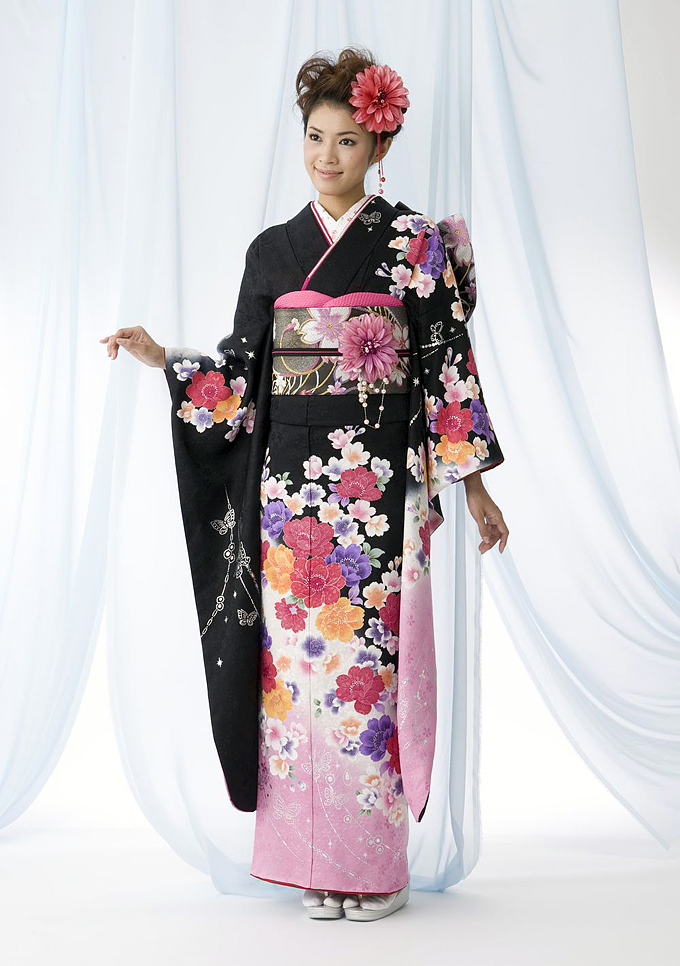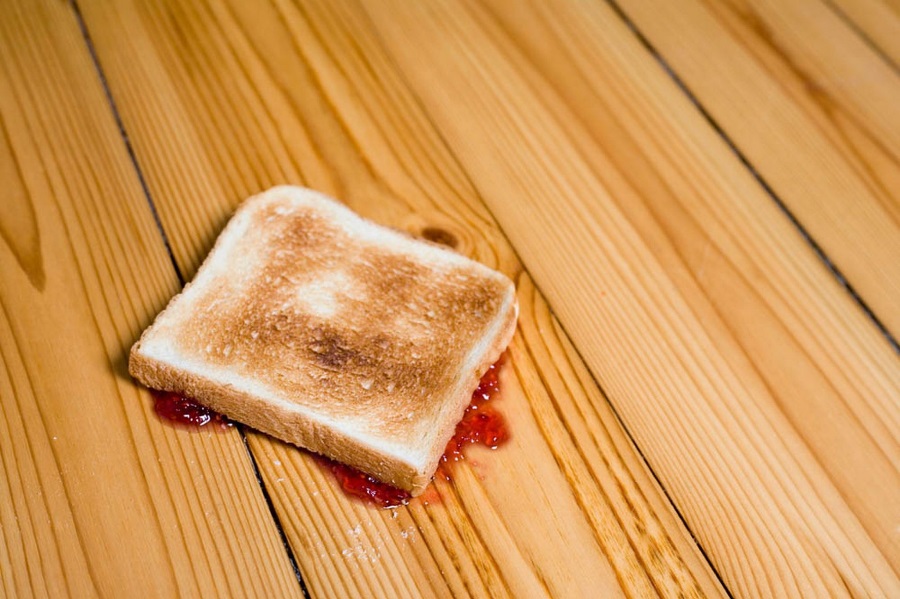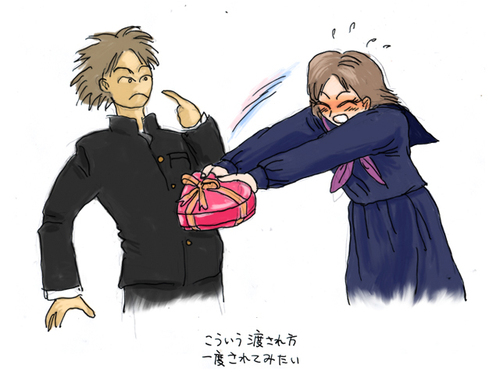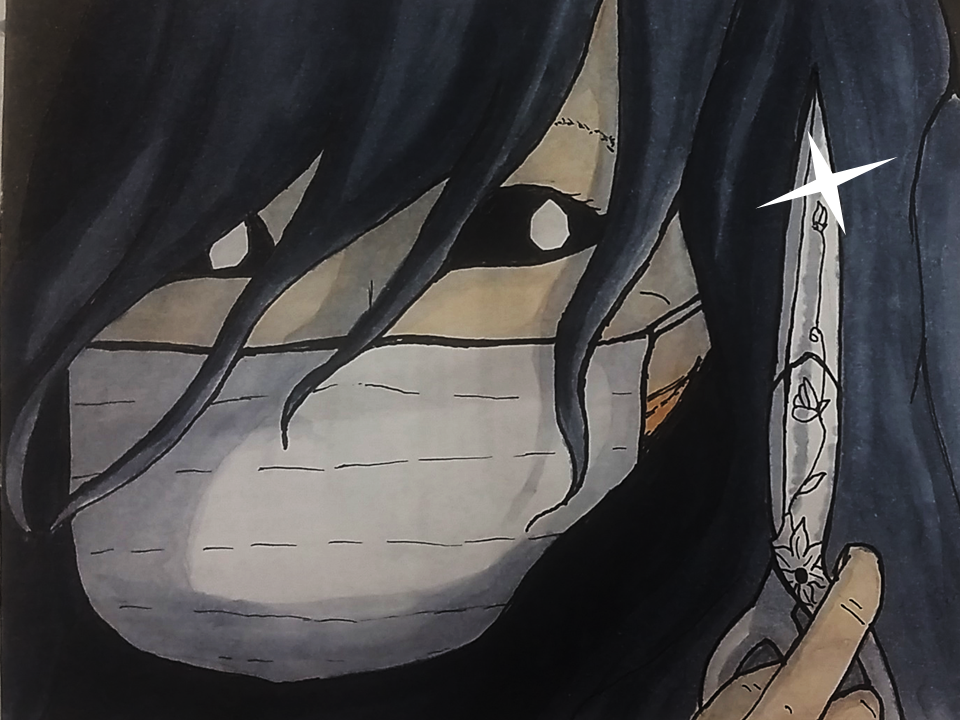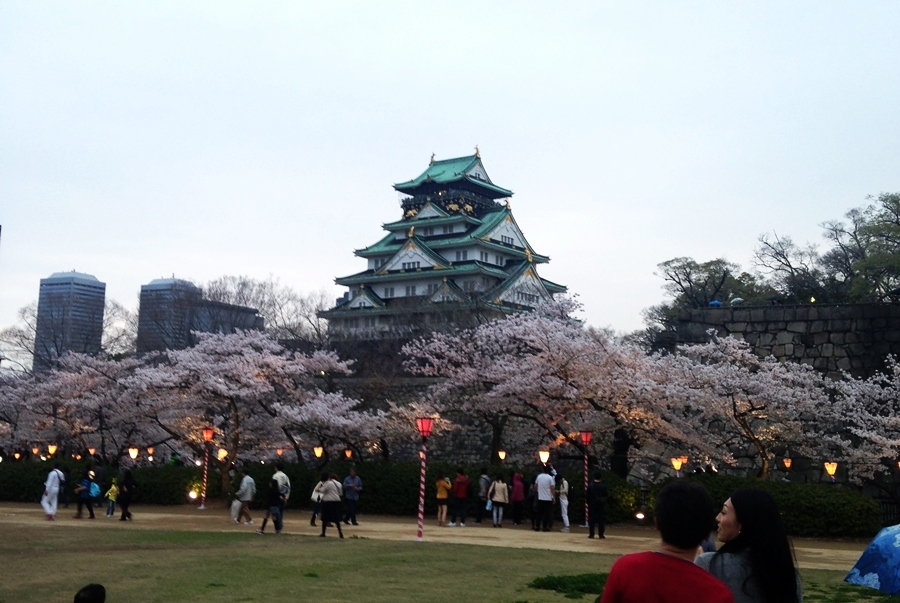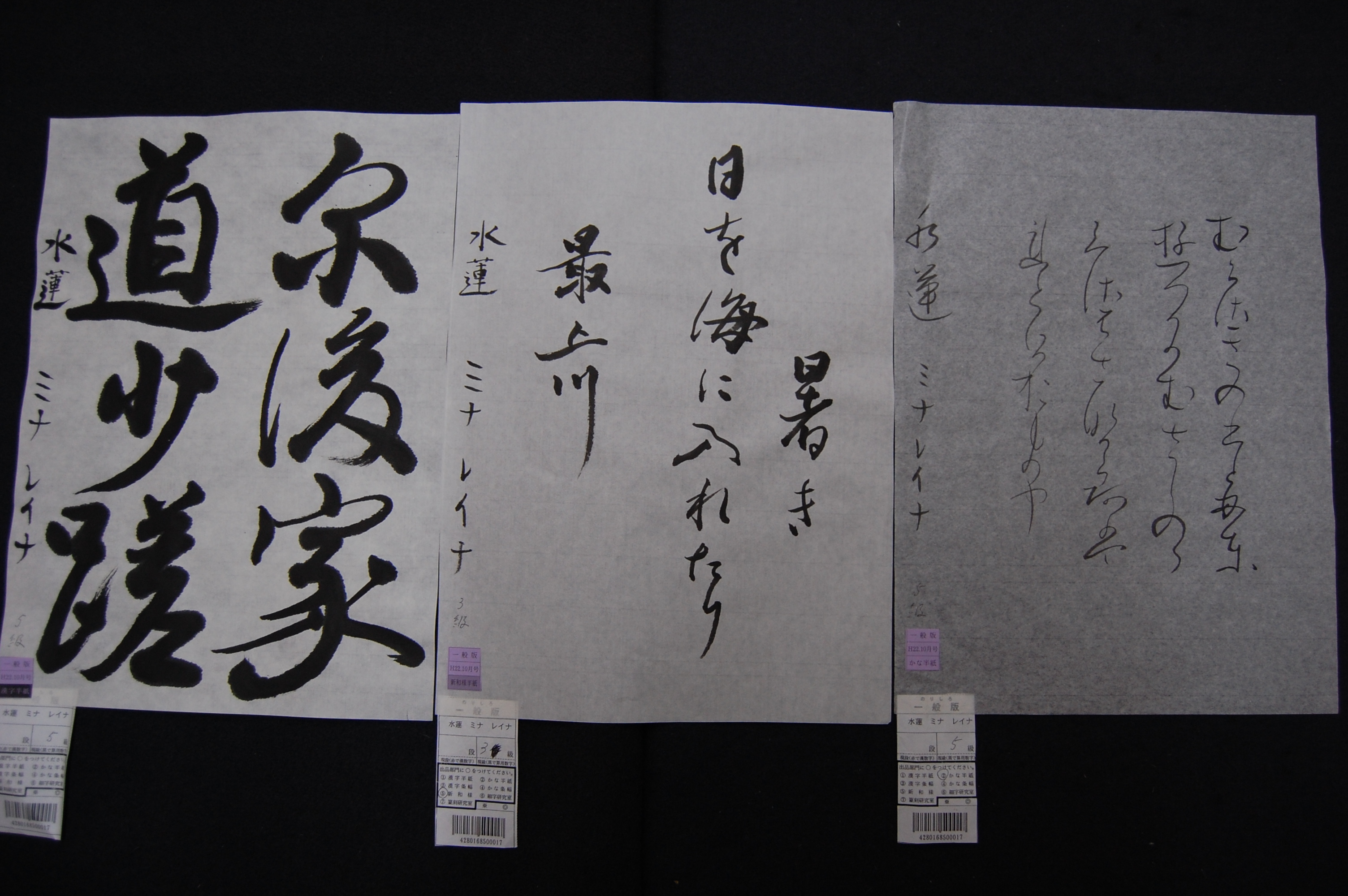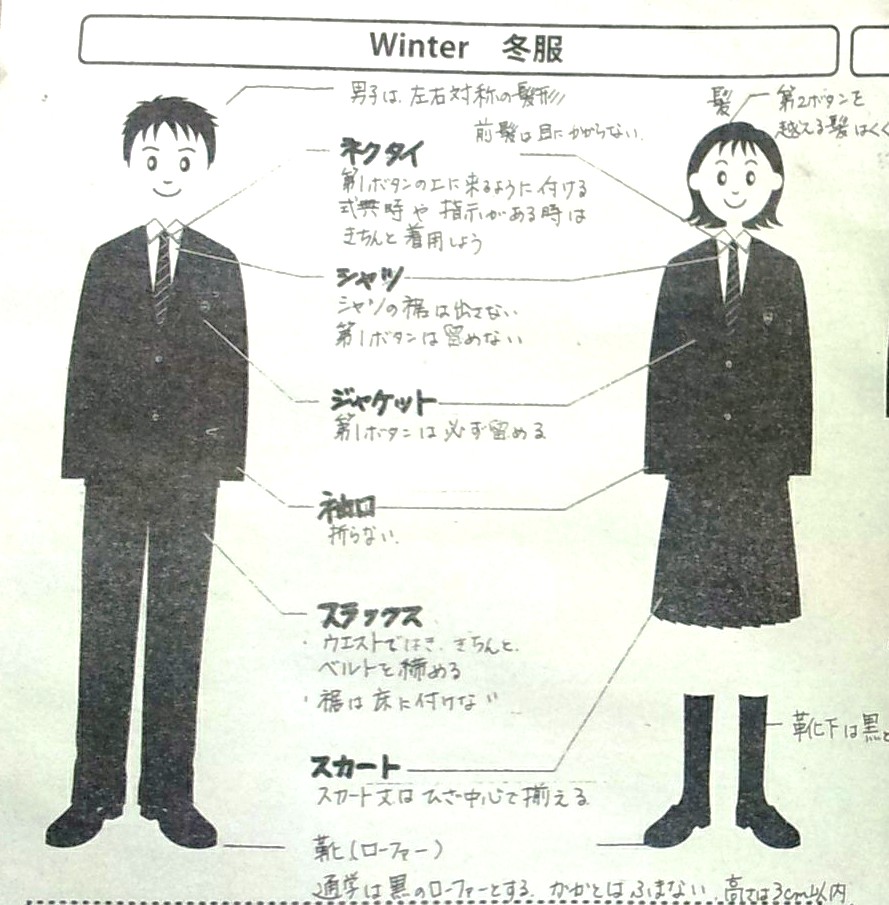Culture: Kimono
 You see them walking down the street on the way to a wedding. You see them wrapped around white-faced maiko as they flutter past you in Gion. You see them at summer festivals and accompanying the click-clack of wooden geta along the riverfront of Kinosakionsen.
You see them walking down the street on the way to a wedding. You see them wrapped around white-faced maiko as they flutter past you in Gion. You see them at summer festivals and accompanying the click-clack of wooden geta along the riverfront of Kinosakionsen.
The Japanese kimono. There is nothing else like it. For those of us from the West, they look like wearable time capsules. There are so few cultures left in the world that still hold on as tightly to tradition as Japan. Our own styles of formal dress – the top hat, the coat and tails, the giant whale-bone supported tent-dresses and all of the forms and versions that came before them have disappeared from everyday life in the West, and remain only in our cultural memory. At least in the case of the giant dresses, that probably isn’t a bad thing.
But the Japanese kimono, with its myriad styles, colors and forms, in its intricate but streamlined elegance, has withstood the wave of change that is human nature and time. True, they are worn now only for formal occasions, but do they still carry meaning for those who wear them?
 The kimono was first made in its current form during the Heian period, when a new method of kimono making was invented: the straight-line-cut. The straight-line-cut was far more convenient for tailors to make than previous styles for two reasons: the cloth could be cut in straight lines and pieced together, eliminating the need for fitting the clothing to the specific shape of each wearer, and the straight-line cuts allowed every piece of the cloth to be used without waste. They were also easy to fold and store.
The kimono was first made in its current form during the Heian period, when a new method of kimono making was invented: the straight-line-cut. The straight-line-cut was far more convenient for tailors to make than previous styles for two reasons: the cloth could be cut in straight lines and pieced together, eliminating the need for fitting the clothing to the specific shape of each wearer, and the straight-line cuts allowed every piece of the cloth to be used without waste. They were also easy to fold and store.
It wasn’t long before kimono fashion took off, and the color of the kimono came to represent affiliations and status. During the Edo period of feudal lords, the samurai of each fief could be identified by the colors and patterns of the kimono they wore. In fact, the kimono played a large part in developing traditional Japanese color combinations and their meanings.
The kimono as everyday wear saw its end during the Meiji period, when Japan was opened up to the rest of the world and the influence of foreign cultures flowed in. During that time Japanese government officials and military personnel were required by law to wear Western clothing for official functions (though that law is no longer in effect). Ordinary citizens were encouraged to fold up their kimono and wear Western clothing. Today, Japanese kimono are usually worn only for such occasions as weddings, funerals, tea ceremonies, summer festivals, other holidays and special occasions.
 There are many kinds of kimono, and many ways to wear them. They are adaptable for all kinds of weather – they can be layered in the winter or be made thin and breathable, like the cotton yukata, for the hot summer months.
There are many kinds of kimono, and many ways to wear them. They are adaptable for all kinds of weather – they can be layered in the winter or be made thin and breathable, like the cotton yukata, for the hot summer months.
A kimono is worn with an obi, a sash worn round the middle to keep the kimono closed in the front and hold it in place. They are usually about 4 meters (13 feet) long and 30 centimeters (12 inches) wide. They are just as varied, colorful and intricately made as the kimono itself, and it can be quite a time finding just the right one to match a particular kimono cloth. The obi is tied in the back, and there are various obi bow styles. The most popular bow is the taiko-susubi, or the “drum bow.â€
Even the length of the kimono sleeves can carry meaning. The furisode kimono has long flowing sleeves, and is only worn by young, unmarried women. It suggests her youth and availability. After a woman is married, she begins wearing a tomesode kimono, with short sleeves, and are usually black, though they do often come in other colors. The patterns of tomesode kimono are always on the bottom half. The black tomesode is usually worn at weddings, while the colored ones are worn for festivals and other occasions.
 Kimono cloth patterns also carry some significance. The homongi or “visiting kimonoâ€, which are worn by women for formal visits, are covered entirely by a pattern. The tsukesage kimono, for tea ceremonies, flower arranging, weddings ect. Are decorated with patterns that run up from the hemline in front and back to the tops of the sleeves.
Kimono cloth patterns also carry some significance. The homongi or “visiting kimonoâ€, which are worn by women for formal visits, are covered entirely by a pattern. The tsukesage kimono, for tea ceremonies, flower arranging, weddings ect. Are decorated with patterns that run up from the hemline in front and back to the tops of the sleeves.
There are many, many types of kimono, though all are subject to season. Lighter colors, especially light green, is preferred for spring, and cool colors like dark blue or purple are worn in the summer. Autumn comes with kimono that imitate the colors of the changing leaves, and in winter strong colors such as black and red are worn to stand out against the white of the snow. Kimono are not as popular for men, though they do wear a haori or “half coat†for formal occasions and yukata in the summer.
Buying kimono can be expensive. While a cheap, run-of-the-mill yukata won’t cost you much – somewhere around 5000 yen, a full furisode can cost you several thousand dollars, depending on the material and maker. The Japanese kimono has a long history bursting with cultural meaning. What do you think about the symbolism of kimono? What kind of kimono would you prefer to wear?
